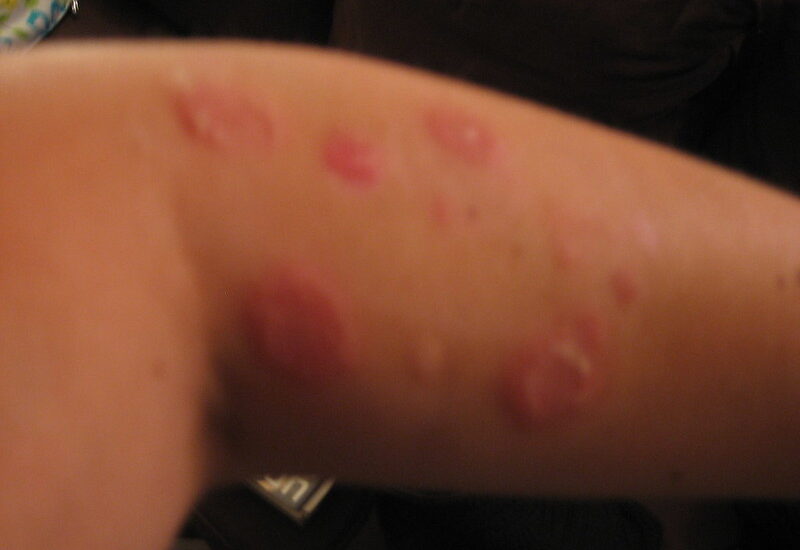Understanding how to heal skin fungal infection is crucial, as this common condition can impact daily comfort and self-confidence. This in-depth guide will walk you through each step, ensuring you’re well-equipped to manage and prevent future outbreaks.

Table of Contents
Seeking Professional Diagnosis
Attempting to self-diagnose a skin fungal infection can be misleading, potentially delaying proper treatment. It’s essential to trust the expertise of medical professionals in these situations:
Dermatologist or General Physician Consultation: Before drawing conclusions or starting any treatment, schedule an appointment with a dermatologist or general physician. These experts have the experience and tools to diagnose skin conditions accurately.
Physical Examination: The doctor will visually inspect the affected area, noting the size, shape, color, and other characteristics of the rash or infection. This step helps differentiate between fungal infections and other skin conditions like eczema or psoriasis.
Skin Scraping Test: In cases where the visual examination isn’t conclusive, the doctor may take a small scraping of the skin. This sample is then examined under a microscope or cultured in a lab to identify the specific fungus causing the infection.
The American Academy of Dermatology underscores the significance of accurate diagnosis, noting that treatments and their effectiveness can vary based on the specific fungal strain.
Choosing the Right Treatment
Fungal infections require targeted treatments. Once a precise diagnosis is made, a tailored treatment plan is essential:
Over-the-counter (OTC) Antifungal Creams: These creams are readily available at pharmacies and are effective for many common skin fungal infections. Some popular options include clotrimazole and terbinafine. They should be applied as directed, covering the entire affected area and a small perimeter around it.
You can get this Globe Clotrimazole Cream from Amazon.
Prescription Medications: Stubborn infections or strains resistant to OTC treatments might require stronger, prescription-only medications. These can come in the form of creams, lotions, or ointments.
Oral Antifungal Medications: For infections that cover vast areas or are deep-seated, oral medications might be prescribed. These systemic treatments help tackle the fungus from within the body.
Antifungal Shampoos or Soaps: When the scalp or large body areas are affected, using antifungal shampoos or body washes can help eliminate the fungus during daily hygiene routines.
Following the recommended treatment duration is vital, even if symptoms improve quickly. Prematurely stopping treatment can lead to recurrence.
Check out these other articles…
Black Skin After Fungal Infection: Causes & Solutions
Can Fungal Infection Cause Skin Discoloration? Answered
Dry Skin After Fungal Infection: How to Heal & Prevent
Skin Peeling After Fungal Infection: How to Deal with It
Red Skin After Fungal Infection: 3 Causes & Sure Solutions
How Long Does Fungal Infection on Skin Last? Complete Guide
Can Fungal Infection Cause Skin Rash? – Unraveling the Truth
Implementing Preventive Measures
While effective treatment is crucial, prevention plays a paramount role in ensuring the issue doesn’t recur:
Hygiene Practices: Regularly wash and dry your skin, focusing on areas prone to sweating. This practice helps keep the environment unfavorable for fungal growth.
Clothing Choices: Opt for breathable fabrics like cotton. Tight clothing can trap moisture, creating a breeding ground for fungi.
Footwear: Ensure your shoes are well-ventilated. If prone to sweaty feet, consider using antifungal foot powders.
Personal Items: Fungi can survive on surfaces. Avoid sharing towels, razors, or other personal items that come into contact with your skin.
Communal Areas: Places like gyms, swimming pools, or communal showers are hotspots for fungal infections. Use protective footwear like flip-flops, and ensure you wash and dry yourself thoroughly afterward.
When to Seek Further Medical Attention
While most fungal infections resolve with appropriate treatment, it’s essential to be alert to signs that require further medical attention:
Persistent Symptoms: If, after completing your treatment, the infection doesn’t improve or worsens, this could indicate a resistant strain or misdiagnosis.
Severe Side Effects: While rare, antifungal treatments can sometimes cause side effects. If you experience severe skin reactions, digestive issues, or other unexpected symptoms after starting your treatment, consult your doctor immediately.
Recurring Infections: Frequently recurring infections might indicate an underlying health issue or a particularly aggressive fungal strain. In such cases, a comprehensive evaluation and potentially different treatment approach might be needed.
Always prioritize your health and well-being, seeking expert guidance when in doubt. Early intervention is key to preventing complications and ensuring a swift recovery.

